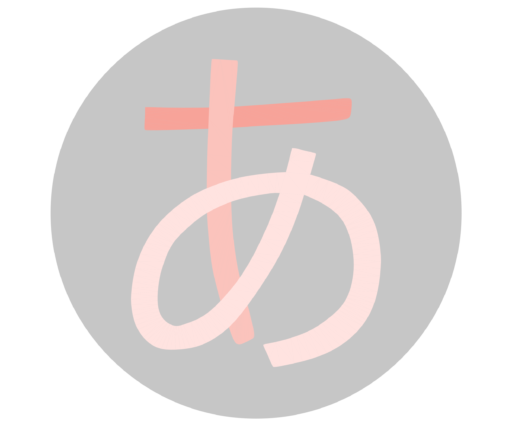
Free Japanese Quiz
for Beginners
transitive & intransitive
31-1
Transitive Verb
Intransitive Verb
Transitive Verb & Intransitive Verb
Please complete sentences using a transitive verb or an intransitive verb.
Please touch “answer” to see the answer.
1.
わたしは でんきを ( )。
I turned on the light.
でんきが ( )。
The light was on.
2.
わたしは ドアを ( )。
I closed the door.
ドアが ( )。
The door was closed.
3.
わたしは とけいを ( )。
I stopped a clock.
でんしゃが ( )。
The train stopped.
4.
わたしは ボールを ( )。
I dropped a ball.
りんごが きから ( )。
An apple fell from the tree.
5.
せんせいは レッスンを ( )。
My teacher started a lesson.
しあいが ( )。
The game started.

Grammar
Transitive Verb
Transitive Verbs have an object with a particle of “o(を)”.
( I drank a coffee. )
( I read books. )
( I bought some bread. )
Intransitive Verb
Intransitive Verbs don’t have an object.
( I woke up at 7. )
( We work everyday. )
There are 2 types of intransitive verb.
Volitional Verb
( to run )
・あるきます
( to walk )
・およぎます
( to swim )
non-Volitional Verb
( something closes )
・あきます
( something opens )
・とまります
( something stops )
Some of non-Volitional Intransitive Verbs have a pair of Transitive Verb which has a similar form. ( Please see below for details. )
Transitive Verb & Intransitive Verb
In Japanese transitive verb and intransitive verb have a different form, and some verbs can be a pair.
| transitive | intransitive |
|---|---|
| あけます | あきます |
| しめます | しまります |
| つけます | つきます |
| けします | きえます |
| はじめます | はじまります |
| とめます | とまります |
| おとします | おちます |
| わります | われます |
| こわします | こわれます |
| かえます | かわります |
Transitive Verb of the pair
A transitive verb expresses that it happened by someone’s volitional action.
( I turned off a light. )
( I broke a window. )
What you want to say is that “I change something“.
Intransitive Verb of the pair
An intransitive verb which has a pair of a transitive verb sounds like it happened by nature or automatically.
( The light was off. )
maybe the light bulb burnt out …
( A window broke. )
maybe due to heavy storm …
What you want to say is that “the movement of something“.
1. I changed my password.
2. The traffic light changed.
link
Japanese broadcasting station, NHK site helps you to learn Hiragana, Katakana, and Kanji.
